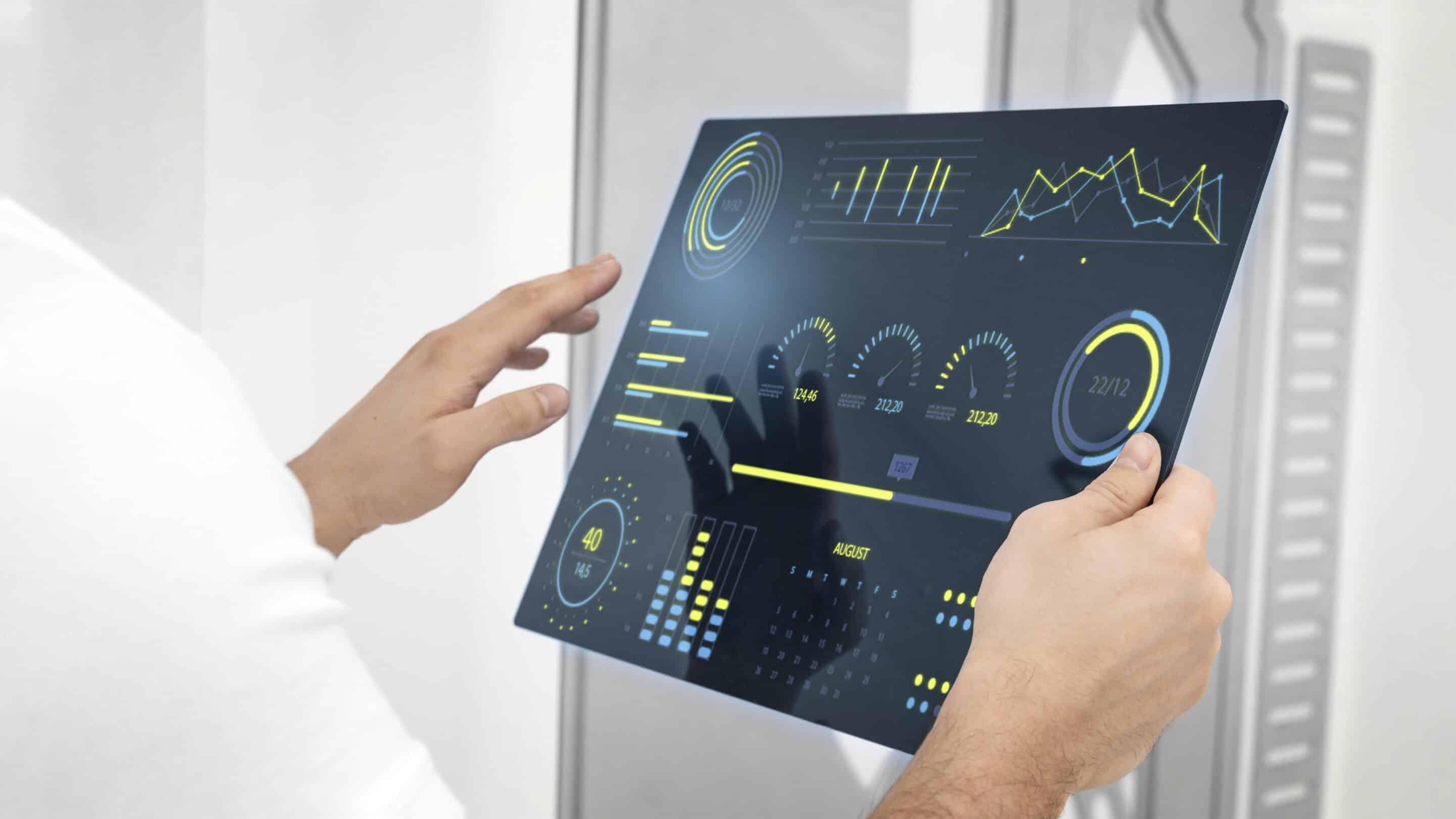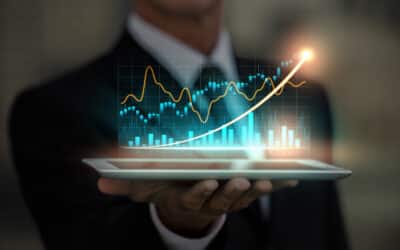The advertising industry, worth a staggering $700 billion, has often been overlooked as a significant contributor to supply chain emissions. However, digital advertising, in particular, carries a substantial carbon footprint, primarily due to the energy consumption of the countless servers that facilitate internet functions such as search results, news feeds, multiplayer games, real-time bidding, and machine learning. Though many top-performing companies have made public net zero commitments, it is impossible to achieve without eliminating scope 3 emissions.
Scope 3 emissions refers to the different types of carbon emissions that a company produces in its operations and throughout its value chain. Companies with the aim to comply with the climate goals need granular scope 3 data in order to make informed decisions. As such, in this article we will explore how companies within the advertising industry can benefit from measuring the scope 3 emissions.
1. Understanding Scope 3
As mentioned previously, Scope 1, 2, and 3 are classification systems used to categorize the different types of carbon emissions that a company produces in its operations and throughout its value chain. These classifications were introduced in the Greenhouse Gas Protocol of 2001 and have become the basis for mandatory greenhouse gas reporting. To simplify, these emissions can be divided into three categories:
Scope 1 emissions: This category refers to the direct greenhouse gas emissions produced by a company, such as those emitted by its boilers and vehicles.
Scope 2 emissions: These emissions are indirect and result from a company’s consumption of electricity or energy for heating and cooling purposes.
Scope 3 emissions: This category is more intricate. It encompasses all the emissions associated not with the company itself, but with its activities along the entire value chain. This includes emissions generated from purchasing products from suppliers and emissions resulting from the use of the company’s products by its customers. Scope 3 emissions typically constitute the majority of a company’s carbon footprint.
2. How Scope 3 can affect advertising business?
In the advertising industry companies across all sectors will have to report their Scope 3 emissions. For this, new measurement procedures will have to be established. Here are some potential changes in the advertising supply chain.
Technology: Ad-tech platforms, including trading desks and ad networks, are exploring new business models, such as using lighter files for creatives, to support efforts in decarbonization throughout the value chain. Having visibility into Scope 3 emissions will inform investment strategies from advertisers and media agencies to prioritize carbon reduction, enabling providers to align themselves with low-carbon projects and suppliers, thus accelerating the transition to a low-carbon economy.
Publishers: Since many websites rely heavily on digital advertising for revenue generation, the energy consumption associated with supporting their business models is significant. By verifying emissions contributions and identifying new methods to decrease energy usage, publishers can explore new opportunities for monetization while staying ahead of brand expectations regarding sustainable advertising.
Brands: Brands need to demand transparency, data, and strategies that integrate emissions considerations into every campaign decision. In the future, brand marketers will not only require metrics for campaign success but also insights into the steps taken to run effective campaigns with minimal energy consumption. This mindset will reduce the environmental impact not only of digital advertising but also of all digital initiatives.
Sustainable advertising can become a tangible achievement by measuring and reducing Scope 3 emissions. However, this requires having a precise measurement standard for Co2 emissions across the value chain and establishing strong relationships with tech vendors and suppliers.
Do you have questions regarding Scope3?
Do not hesitate to contact us or follow us on LinkedIn.
Image by Freepik.




